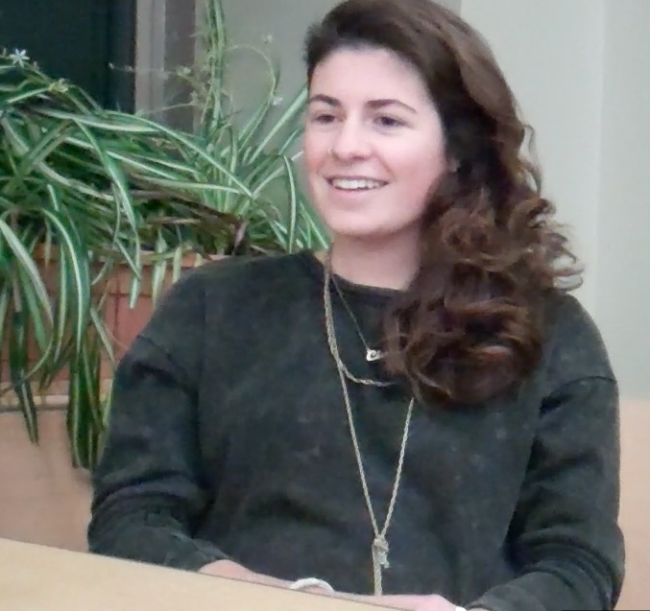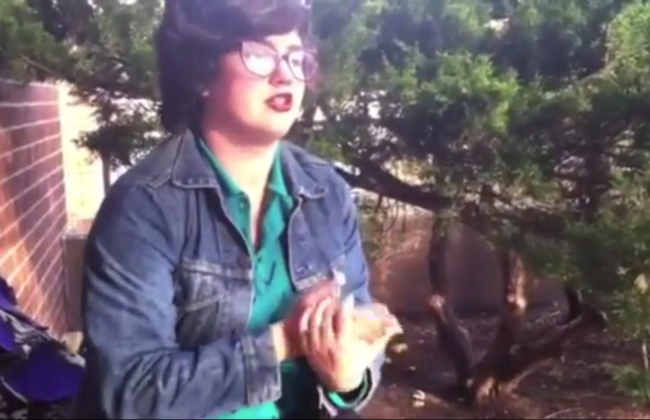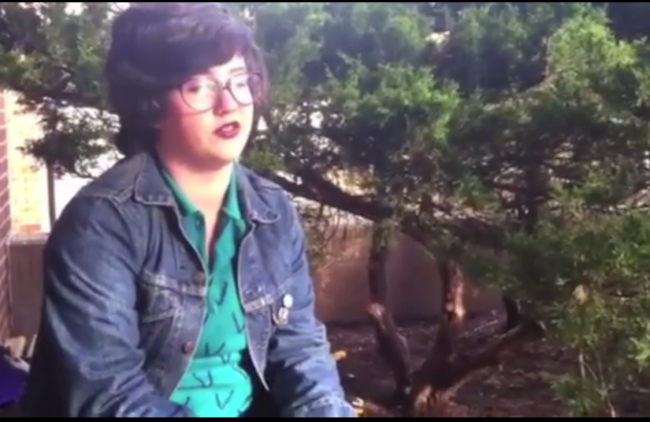This class has provided me with the tools, structure and opportunity to expand my writing. News writing is a style of writing that I was a novice to. When I first learned about the technique I thought it was stripped of all creativity, but then learned it is just a different type of creativity than I was used to. It forces you to be creative passed the keyboard. A good journalist is creative in finding stories, interviewing people, retrieving information and so on.
I learned how to write concisely and objectively through this class. I struggled with the organization and layout of the information I offered in most of my articles. Needing to keep the paragraphs short made it difficult for me to keep my writing organized. For example, I was very happy with the topic and information I retrieved from interviews for my “Women Struggling In Politics: SGA” story, but felt I portrayed the information in a muddled manner through my writing.
Conscious of this writing weakness of mine, I worked hard on my last story, “Outsourced Ingredient Used to Make a Local Product” to write it as coherently as possible. I’ve learned how important coherency is because people read news to read and understand the news. As a news writer, you have to make your writing as clear, short, organized, coherent and easy to read as possible. You also need to write at a 5th grade reading level, as to not exclude any readers for lack of competency.
Something I’ve really enjoyed about these assignments was finding a story through interviews and research. If you find the right person to interview, they can supply you with a wealth of knowledge. Choosing what to include and what not to include from the interview is important because it shapes the story. This is where the question about true objectivity comes in, because a writer can use objective words but still sway the story by consciously using and not using specific information. This is another reason why it is important to interview people who might have opposing views, so you’re not getting a biased story.
Learning the rules and foundation of news writing has caused me to critique other writers. I have found that many news writers use words that fail to be objective. As a reader, I am glad to realize this so I can think more critically when reading the news.
Through my own experiences this semester, I’ve found it to be much more difficult to be objective when you’re writing about something you care strongly about. It is possible, but just more difficult. I understand more the politics of news writing, such as how you shouldn’t have a journalist write something they are involved with or biased towards.
I felt like this class was a somewhat good representation of what working at a newspaper might feel like. We had to complete stories by a deadline, which turned out to be very hectic at times. It was especially hectic when you’re waiting on an interview. This is because you can’t start the story beforehand, since the interview can completely change or alter what you thought your story was even going to be.
An important thing I learned is that as a news writer, you can’t create the story, or even choose what the story is, you have to find the pre-existing pieces and then simply tell the story.




